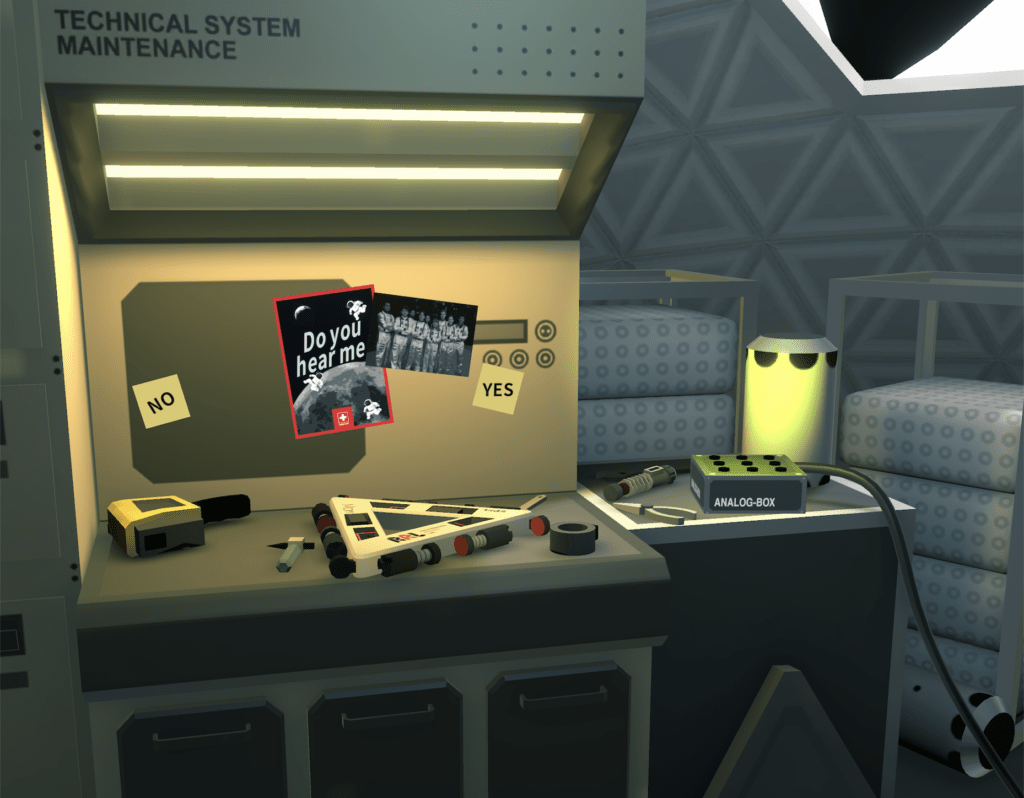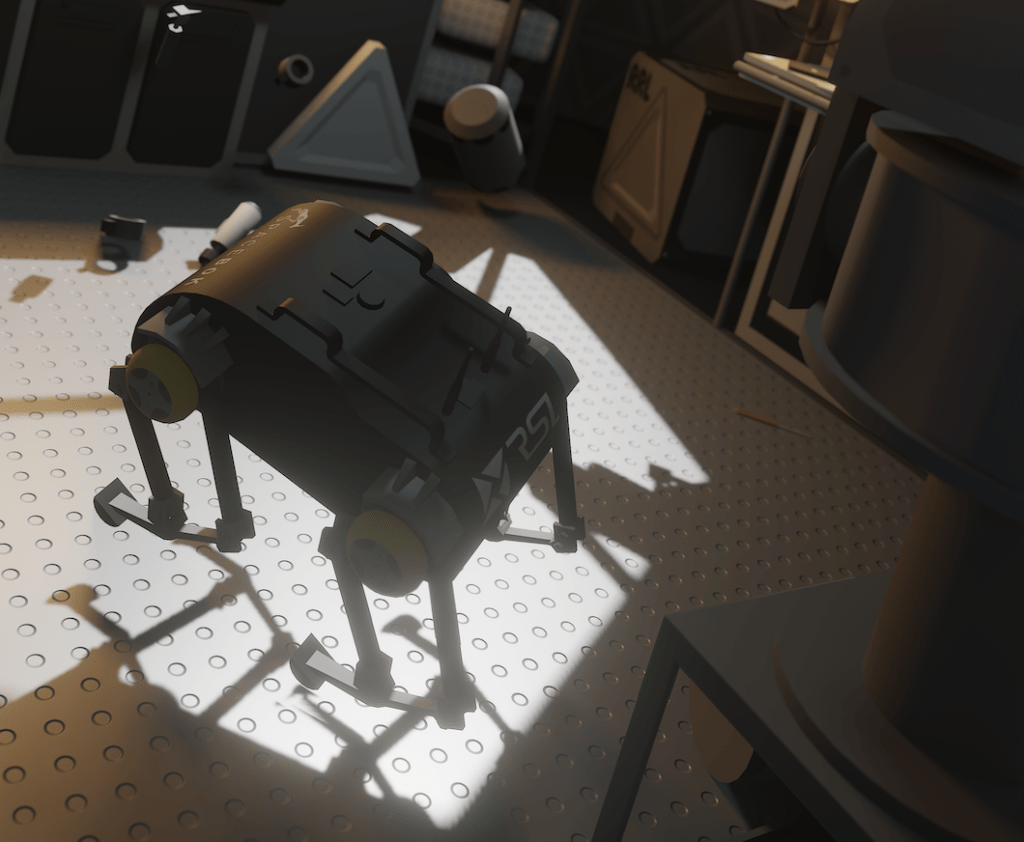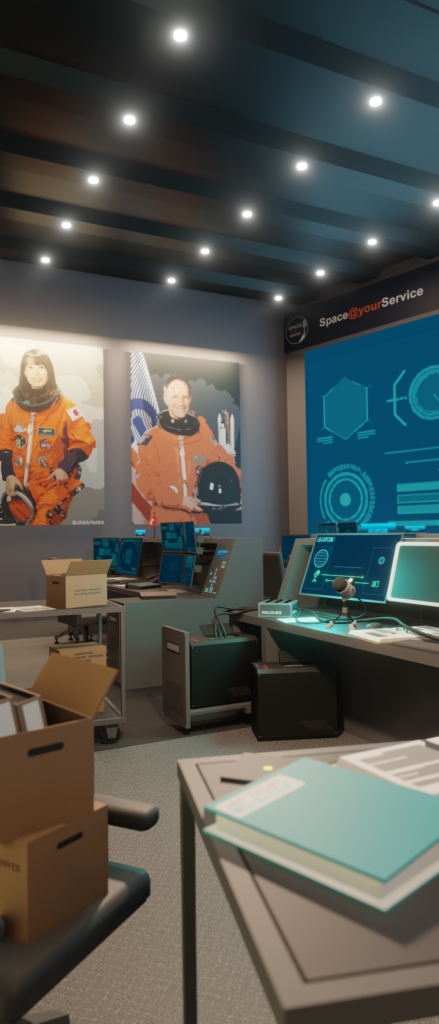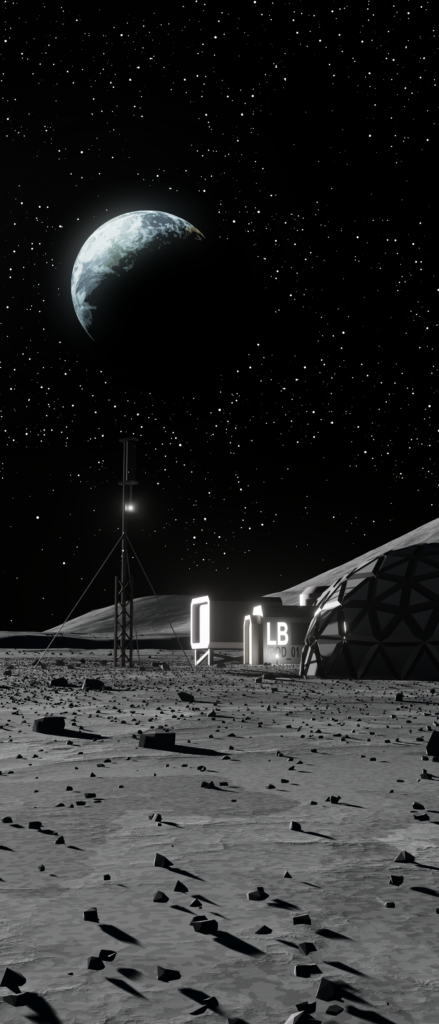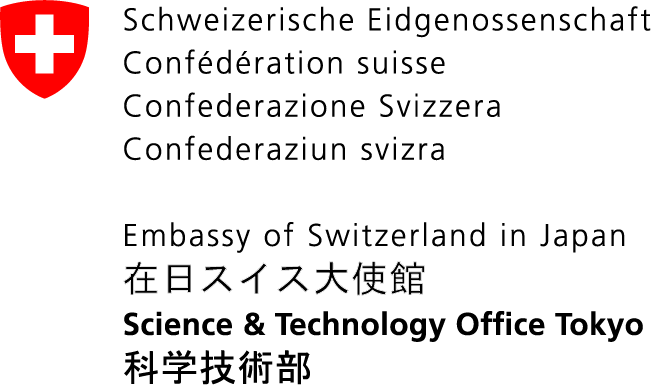Tranquility base is the world's first virtual escape game in augmented reality on the theme of space.
A unique smartphone game that takes place in a lunar base and its mission control center on Earth where cooperation and time management will be the keys to a successful mission! Put yourself in the shoes of an astronaut on the Moon or a mission leader on Earth and expect to live with your teammate an extraordinary space adventure but also discover real research projects for space exploration.






